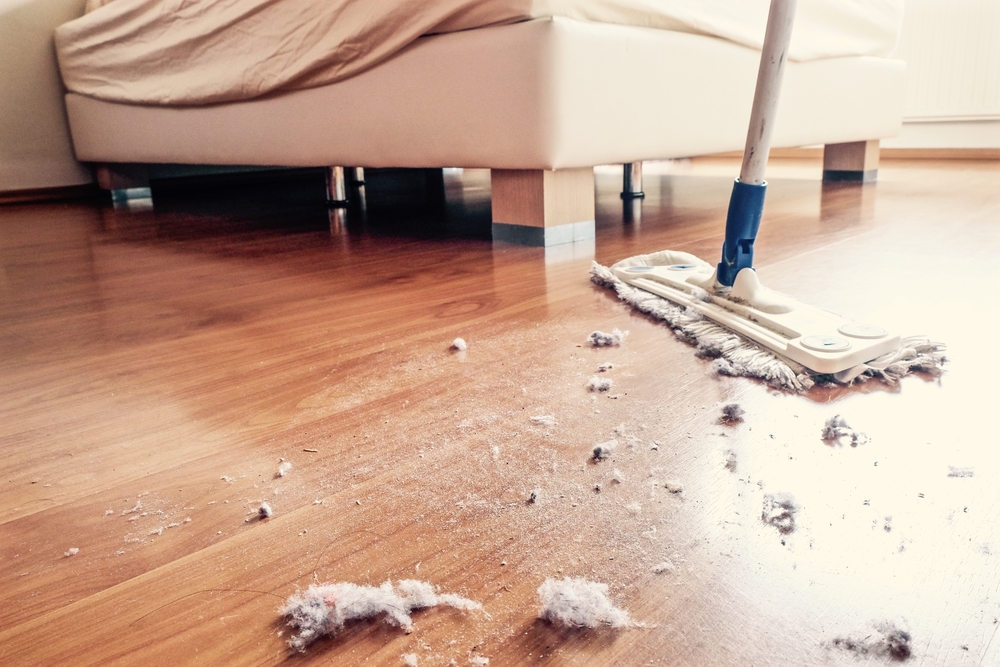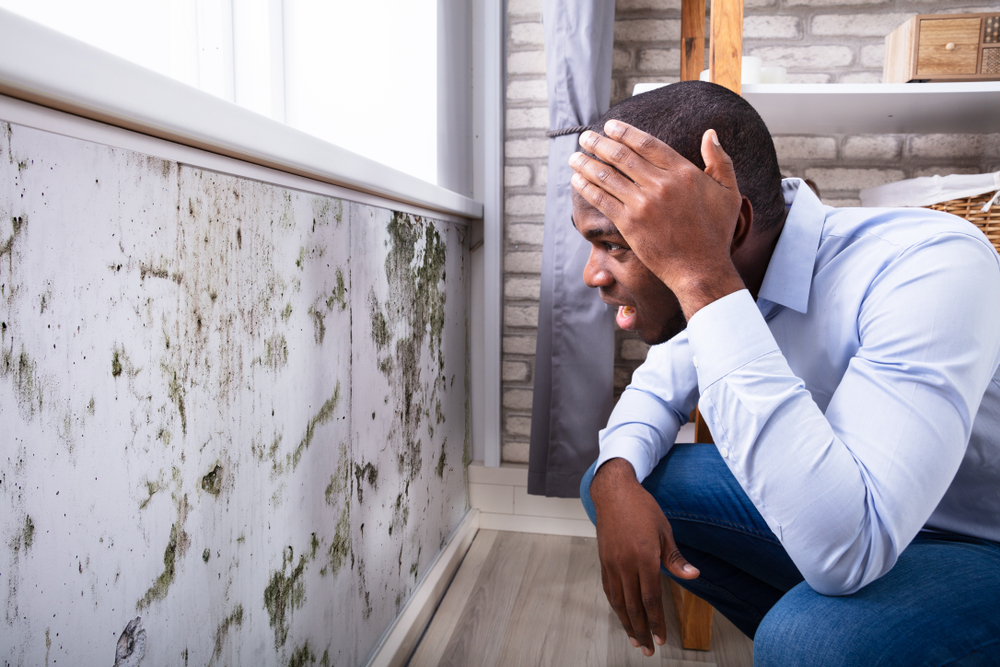
Wintertime is a tricky time here in Canada. The heaters get cranked up, the windows get closed tight, and we fire up fireplaces. However, with all of these changes come a number of risks – just what are you adding to your indoor air in terms of contaminants and, what’s more, is your property’s ventilation up to the task? Today, let’s highlight some important steps you can take to improve your indoor air quality this winter.
How’s Your Ventilation?
Your ductwork – and that definitely needs to include the dryer exhaust if you have one – needs to be cleaned once a year to ensure the cleanest, most efficient operation possible. This reduces the number of particulates within your home by a substantial margin, keeping occupants healthier and more comfortable. This is especially important if someone suffers from allergies or skin irritation. There should also be no blockages of any kind, allowing fresh air to filter through your property while “stale” air is cycled out or recycled for energy efficiency, further bringing down the number of pollutants.
How’s Your Relative Humidity?
Dry conditions are a serious problem that you need to address with care. Low relative humidity encourages dust mites, skin and eye irritation, and the extended reach of particulates. At the same time, if someone is sick with a cold or worse, the aerosols they naturally produce – airborne droplets rich in bacteria and viruses – can travel further in the airstream. Keeping relative humidity between 40 and 60 percent is ideal for most environments as doing so suppresses dust, provides sufficient hydration for comfort and focus, and can even encourage a stronger immune system.
How Are You Getting Heat?
If you use a wood stove or fireplace, you must ensure a carbon monoxide (CO) detector is installed and operational. CO is a highly toxic and dangerous gas that is colourless and odourless and can poison occupants if levels are too high. Otherwise, with gas-fired furnaces and other means of heat, ensure connections to vents are clean and free of blockages; if you need to perform extensive maintenance or have high energy bills, it may be time to upgrade. Also, don’t forget to change your furnace filters – switching to improved air filters can help further reduce airborne contaminants.
If you need a building air quality test before the winter storms hit, our certified and experienced inspectors are here to help. Contact us today to schedule your onsite air quality test.






